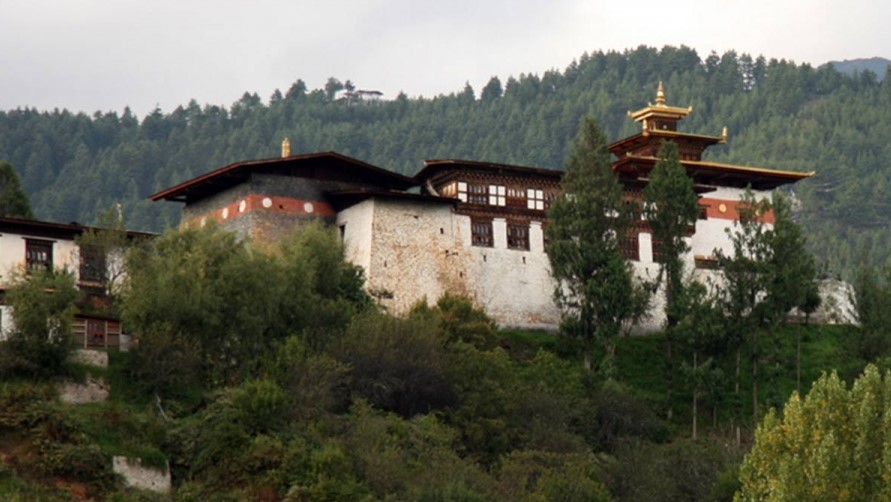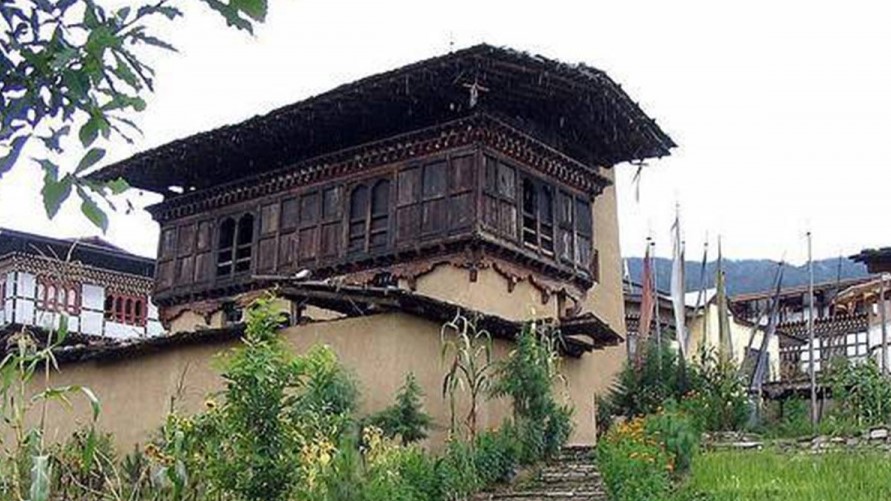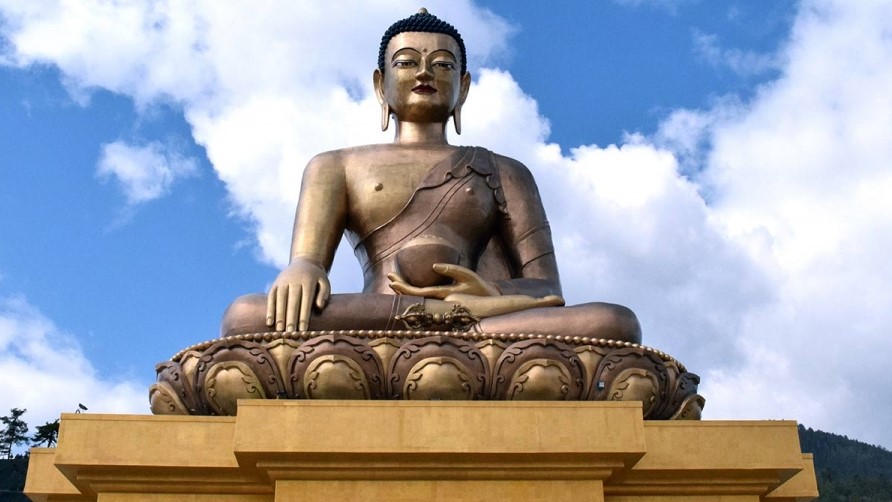Folk Heritage Museum was founded by Her Majesty, the Queen Mother, Ashi Dorji Wangmo Wangchuck in 2001. It provides visitors and tourists with fascinating insights into the Bhutanese material culture and way of life. The Folk Heritage Museum is set inside a three storied, 19th century traditional house. It is a living museum that our present generations can learn and appreciate the life of our forefathers.
The museum gives you a glimpse of the traditional Bhutanese lifestyle, in addition to artifacts from rural households; it also displays an impressive collection of typical household objects, tools and equipment. The museum also organizes regular demonstrations of rural traditions, skills, habits and customs as well as hosting educational programs for children.
The activities of the museum follow a seasonal rhythm, just like the activities of a true rural household, offering you something new to see every time you visit the place. The museum does a remarkable job of recapturing the rural setting and ambiance of a traditional household by setting up paddy, wheat and millet fields, a traditional water-mill with mill stones more than 150 years old, traditional style kitchen gardens with vegetables that were typically grown during the past 100 years and even one of the traditional hot stone baths that are famous throughout the country.
In an effort to maintain our knowledge of indigenous natural resources, native trees and plants that had domestic uses in a rural Bhutanese household is grown, creating an oasis of greenery, right in the heart of the capital city of Thimphu.
Tourists may also avail the special offers of the museum at a nominal fee with an advance booking of at least one week. These include demonstrations of the traditional way of extracting oil or Markhu Tsene, brewing ara or Ara Kayne, roasting rice or Zaw Ngowni and pounding rice or Tham Dhungni within the museum premises. The museum also organizes an open air buffet lunch and dinner offering visitors a taste of traditional cuisine. The menu for such arrangements is available at the Museum and consists of a variety of traditional dishes from every region of the Kingdom.
However, lunch and dinner arrangements are only available for groups with five or more members. The museum is closed on government holidays. Hours of operation are from 10:00 am to 4:30 pm from Monday to Friday, from 10:30 am to 1:00 pm on Saturdays and 11:30 am to 3:30 pm on Sundays.






